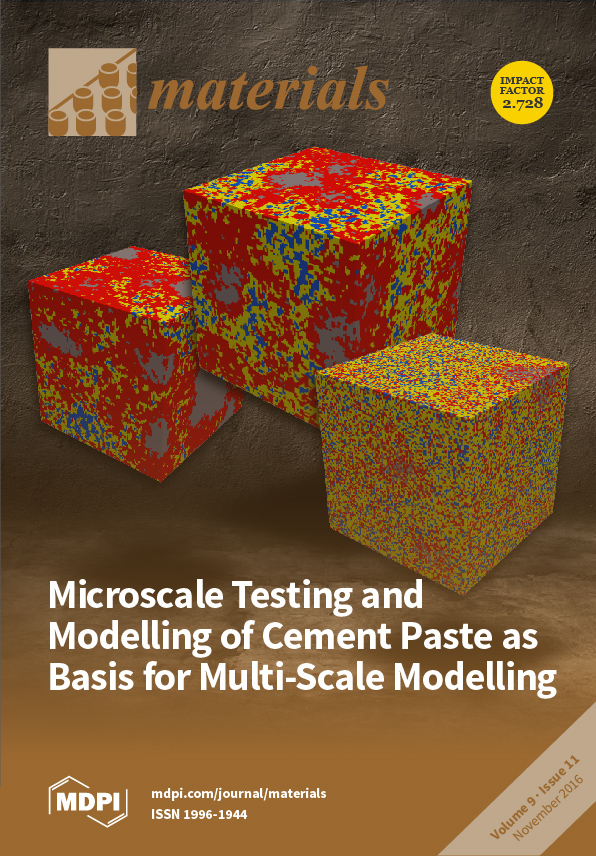Halloysite nanotubes-thermoplastic polyurethane (HNTs-TPU) nanocomposites are attractive products due to increasing demands for specialized materials. This study attempts to optimize the parameters for injection just before marketing. The study shows the importance of the preparation of the samples and how well these parameters play their roles in the injection. The control parameters for injection are carefully determined to examine the mechanical properties and the density of the HNTs-TPU nanocomposites. Three types of modified HNTs were used as untreated HNTs (
uHNTs), sulfuric acid treated (
aHNTs) and a combined treatment of polyvinyl alcohol (PVA)-sodium dodecyl sulfate (SDS)-malonic acid (MA) (treatment (
mHNTs)). It was found that
mHNTs have the most influential effect of producing HNTs-TPU nanocomposites with the best qualities. One possible reason for this extraordinary result is the effect of SDS as a disperser and MA as a crosslinker between HNTs and PVA. For the highest tensile strength, the control parameters are demonstrated at 150 °C (injection temperature), 8 bar (injection pressure), 30 °C (mold temperature), 8 min (injection time), 2 wt % (HNTs loading) and
mHNT (HNTs type). Meanwhile, the optimized combination of the levels for all six control parameters that provide the highest Young’s modulus and highest density was found to be 150 °C (injection temperature), 8 bar (injection pressure), 32 °C (mold temperature), 8 min (injection time), 3 wt % (HNTs loading) and
mHNT (HNTs type). For the best tensile strain, the six control parameters are found to be 160 °C (injection temperature), 8 bar (injection pressure), 32 °C (mold temperature), 8 min (injection time), 2 wt % (HNTs loading) and
mHNT (HNTs type). For the highest hardness, the best parameters are 140 °C (injection temperature), 6 bar (injection pressure), 30 °C (mold temperature), 8 min (injection time), 2 wt % (HNTs loading) and
mHNT (HNTs type). The analyses are carried out by coordinating Taguchi and ANOVA approaches. Seemingly,
mHNTs has shown its very important role in the resulting product.
Full article


